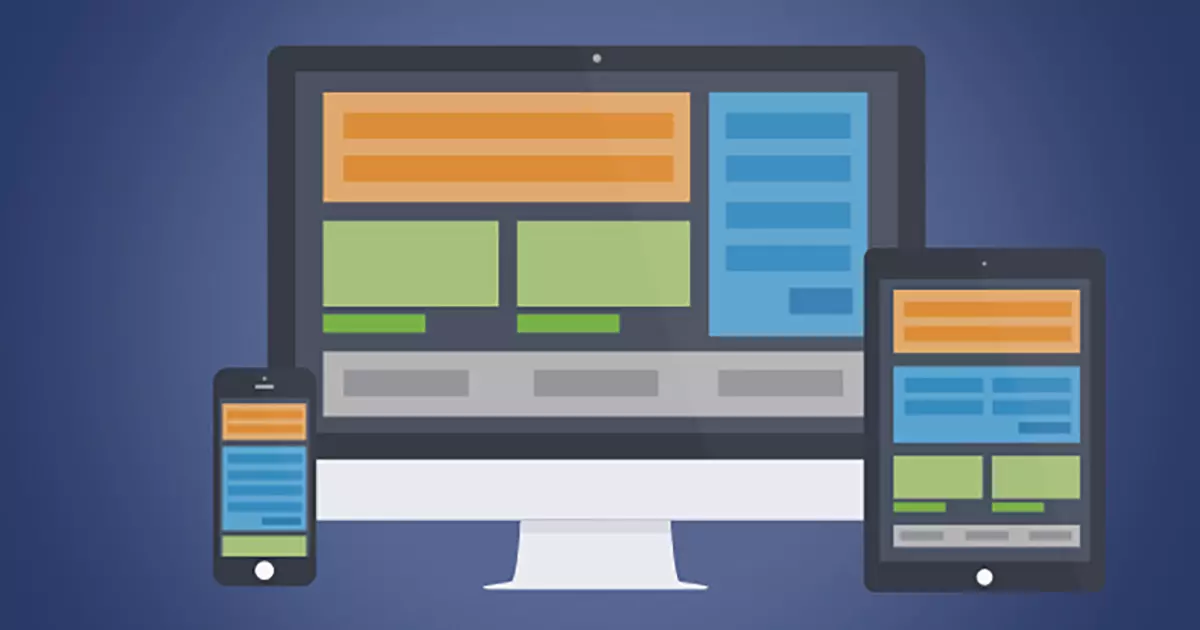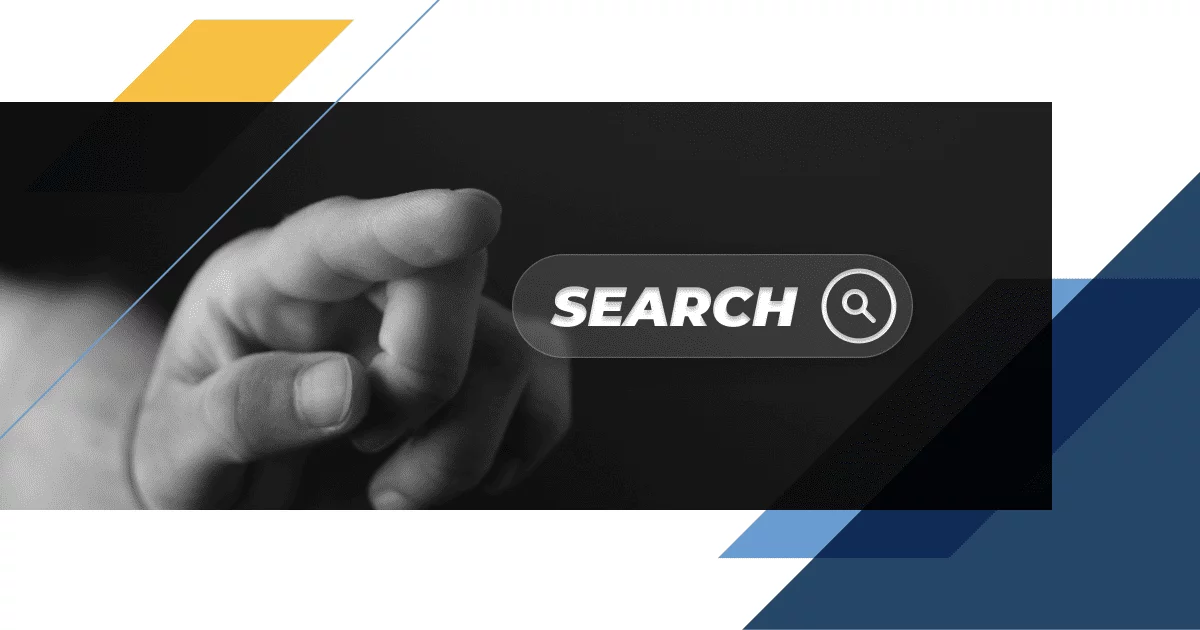B2B Landing Pages: Understanding the Definition, Drivers, and Design

Targeted, optimized landing pages, specific to your B2B message and promotion, can be the difference between a conversion and a lost opportunity.
You’re launching a new product, and you’re ready. New ads, e-news and social media promos, literature, press releases, sales materials—you’ve got it covered. And it works. A prospect searches online and sees your Google AdWords. “Improve efficiency with the new industrialX. Download the white paper.” You have exactly what he needs—at the very moment he is searching for it!
Your prospect clicks, expecting to learn more about how the product can help him and to download the white paper. He lands on your website home page and is greeted by your new corporate video, your positioning statement and a carousel rotating through a number of images and headlines. But where is industrialX?
Your prospect scans the page briefly, looking for a Download White Paper button or anything that relates to the ad. He doesn’t see the information he had expected, so he leaves your site. And months of successful planning disappear in seconds because of a prospect’s unsuccessful searching.
An optimized landing page, specific to your B2B message and promotion, can be the difference between a conversion and a lost opportunity. But isn’t any web page a landing page? What is a landing page, do you really need one, and how do you design one to be effective?
What is a landing page?
Landing pages are web pages that users arrive at via a link from an online marketing vehicle (email, PPC, social media) or advertisement. The goal of any landing page is to prompt a certain action or result that leads to a conversion event. The event could be a click-through, form completion or lead generation.
How is an optimized landing page different from any existing web page on my site?
Optimized landing pages are more focused and require a different design approach to guide users to desired actions. They must engage the user immediately and tie to the message that drove them there. The content should be targeted to the B2B audience, include relevant keywords and deliver on the promise from the original communication.
The moment visitors arrive at your landing page, it should be instantly clear WHERE they are (the destination paying off your promotion), WHAT you want them to do and WHY they should do it.
Can’t I just send them to my home page or a product page? Does it really matter?
Does being successful really matter? Your website’s normal pages are not targeted and focused on conversion. A dedicated landing page will perform better and convert more visitors into leads because they are focused on one task—unlike home pages and product pages.
According to HubSpot, landing pages perform better than main site pages at a 5-15% conversion rate. They can do even better, if you follow these guidelines when creating them.
Effective B2B Landing Page Essentials
- Be targeted: A landing page is optimized to achieve a certain result. The more focused your message is to a specific B2B target audience, the better chance you have to prompt action. Talk to everyone about everything, and no one will do anything.
- Keep your promise: Tie the headline, images and content to the message that drove users there. The moment the page loads, people should know they are in the right place.
- Stay focused: Include only what is necessary to get the user to act. Eliminate anything that doesn’t support the offer. (This includes your full website navigation. It’s distracting and not relevant to the targeted action you want users to take.)
- Don’t waste time: Use compelling, benefit-oriented, short and easy-to-scan copy that pays off the value proposition.
- Build credibility: Add testimonials, video, logos, social proof—whatever makes your offer seem more trustworthy and worthwhile. Even if you can’t talk about specific B2B customers’ applications, tell the story in an undisclosed way.
- Be obvious and relevant: Have a strong call-to-action focused on what you want users to do that is relevant to the target audience. Think big buttons with action verbs like Download, Register and Join. (Please, no “submit” buttons. No one wants to submit to anything.)
- Don’t be greedy: Keep forms simple and short. Only ask for what you REALLY need. Not everything you would love to know.
- Load fast and be responsive: You actually got someone to go to the page—don’t lose them because it takes too long for it to load or doesn’t work on their device.
- It’s nice to share: If your offer is something that could benefit from sharing, play up those social links.
- Offer something worthwhile: Even the strongest landing page design can’t overcome a weak offer. (A product brochure PDF or your generic email newsletter is not a compelling offer.) Find the balance between an offer of valuable content and what you are asking of the person to access it. It’s unlikely that prospects are going arrive at the page ready to commit to a sales consultation. But they may give you an email address for a good download.
- Test and measure: Your efforts will only get better with research. Measure the impact of your designs and effectiveness of your marketing channels to determine what factors work best to convert your B2B audience.
If you just want traffic, send everyone to your home page and wonder what went wrong. Want results? Create targeted, optimized landing pages that pay off your promotions and focus on action.
This is not a landing page, so I’m including some helpful distraction points below.
Running AdWords? Read Google’s Understanding Landing Page Experience
Godfrey Team
Godfrey helps complex B2B industries tell their stories in ways that delight their customers.




